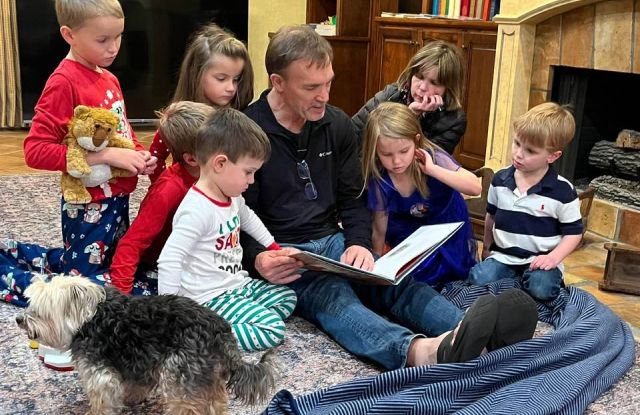Leaders create unified teams

“…so that when the day of evil comes, you may be able to stand your ground, and after you have done everything, to stand. Stand firm then…” (Eph. 6:13-14)
In Jesus’ time, a Roman legion held a certain formation when it would take on the enemy. This formation was itself a form of armament.
Each soldier stood side-by-side, shield-to-shield with his brother soldiers. Together they formed an impenetrable phalanx. Each soldier protected the flanks of those next to him. It was essential, therefore, that under enemy onslaught, no one would break ranks.
Soldiers had to maintain discipline and live under authority. To do less would be to put the regiment at risk. To maintain the integrity of the formation in the face of an advancing enemy, the regimental commander might shout, “Stand! Stand!”
Similarly, team leaders must set an example for their team members by not giving in to fear, self-pity, or a lack of discipline. Doing so is equivalent to dropping your shield in the midst of battle, leaving the whole company subject to attack. We are to fight the good fight with our brothers and sisters, all the while encouraging and commanding them to, “Stand! Stand!”
 Ministry and missions are most effective when done in teams. But so many teams are dysfunctional. We should lead as Jesus did – he employed his senses to lead his disciples to stand together, in particular the senses of seeing, touching, and hearing.
Ministry and missions are most effective when done in teams. But so many teams are dysfunctional. We should lead as Jesus did – he employed his senses to lead his disciples to stand together, in particular the senses of seeing, touching, and hearing.
Hearing: Listen to God; he knows your heart and uses the authority structures in your life to shape you. This empowers you to listen to your followers. See people as God sees them – as their best selves, as works in progress.
Jesus said: “By myself I can do nothing; I judge only as I hear, and my judgment is just, for I seek not to please myself but him who sent me.” (John 5:30)
Seeing: Maintain a vision for unity and follow it with discipline. Keep your eyes open to other leaders on the team that God may be raising up, and step back when the time is appropriate.
Touching: Connect with your followers at a heart level. If appropriate, even physically hug or touch them. Help them to connect with one another, and actively practice the ministry of reconciliation.
The kind of unity you’re creating finds an allegory in army life. You are learning to lay your lives down for each other.
In all of your efforts to lead others to the Cross, may you withstand the accusations and blows of the Enemy, and when all the smoke has cleared and you are bruised and battered, may you still stand.
Comments (6)
Leave a Reply Cancel reply
More Posts
![]()



Any chance that this picture is of last summer’s (2006) Peru-Amazon Jungle Real Life team? I think I see some faces I recognize!
good eye, Sue!
I don’t have that reputation for remembering people for nothing! 🙂
It was cool to be able to go, hey, I know this one and that one and that one and realize why I knew the faces!
Boy do I still have a lot of growing to do. Thank you Seth for always bringing it into perspective. Oh how easy it is to lose sight some times.
Seth-
You stole my blog idea! That’s what I get for being so lazy setting up my own blog. I was going to talk on this during the Peru debrief but didn’t get a chance.
The critical thing about the phalanx is that together, it was unstoppable and impenetrable. But, as you said, if one member stumbles or is taken down, the entire phalanx was compromised. At this point, the phalanx can crumble, or it can adapt and “heal itself.” The important thing is that the team trains and works well together as one, supports each other, so that when the battle comes, they’ll be ready to stand.
to my readers – Dave Hearn should know about these things. He’s been a warrior and a shepherd (as his email would suggest) and is headed back to Iraq in a few months.